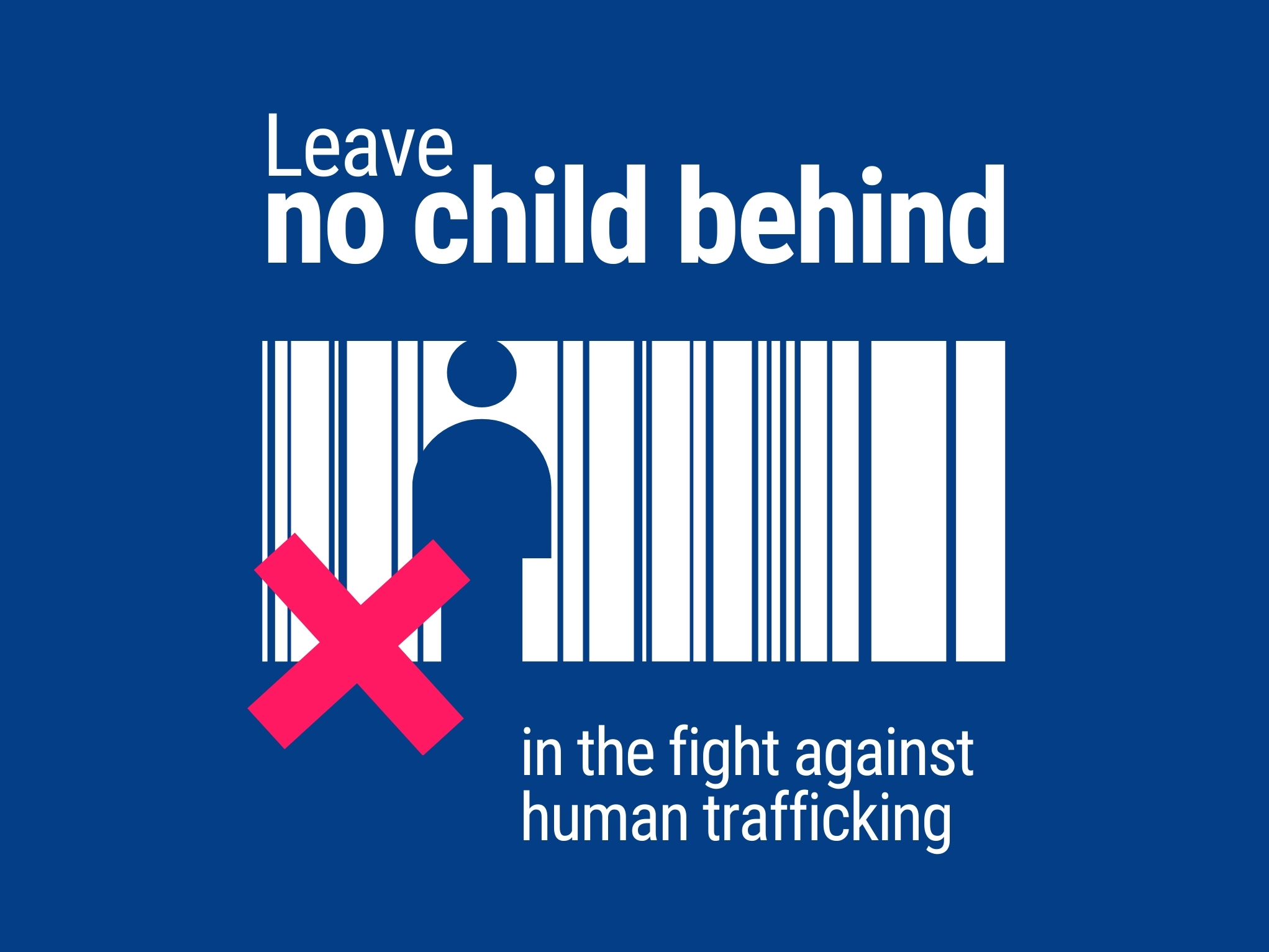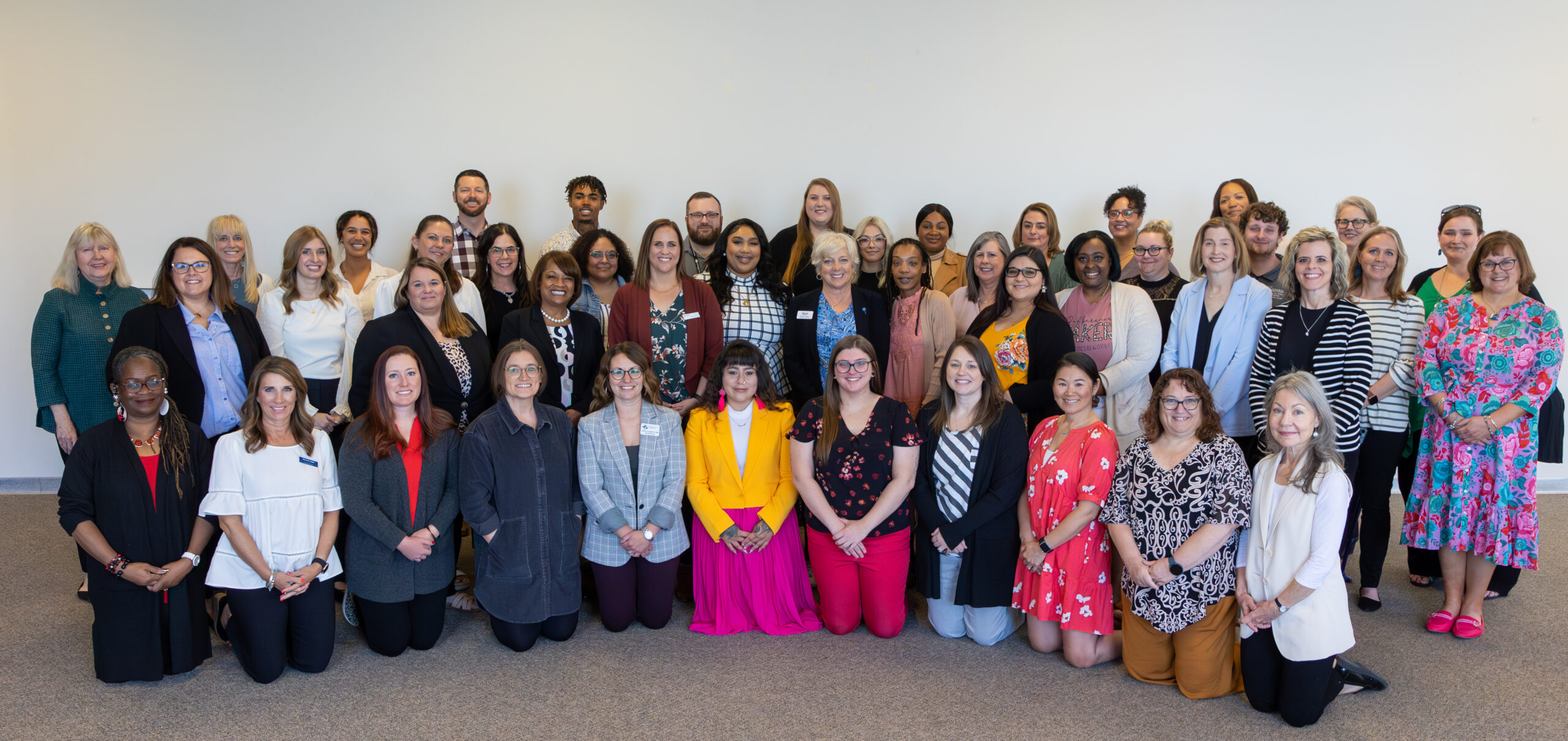Bullying is no longer the humorous film trope it used to be. We may have laughed at Biff’s bullying of Marty McFly in “Back to the Future,” but we now know that bullying can have lasting, traumatic effects on kids.
According to the National Child Traumatic Stress Network, “bullying has devastating effects on children and families such as school avoidance, loss of self-esteem, increased anxiety, and depression. Bullying can occur in multiple ways. It can be verbal, physical, through social exclusion, or via digital sources like email, texts, or social media.”
Bullying is unacceptable, and we shouldn’t tolerate comments or conduct that disparages or demonstrates hostility to another – especially in our schools. By being accepting, kind and inclusive, we can all help make our community a better place. This is one of the first steps in fostering relationships of mutual respect.
As adults, we have an obligation to help. This month is National Bullying Prevention Month, so we can ask ourselves, “Is there room in my life to help a child that’s being bullied?”
According to the Centers for Disease Control and Prevention, bullying is common in the United States, and it negatively affects all youth involved – including the bully and those who witness it.
- About 1 in 5 high school students reported being bullied on school property. More than 1 in 6 high school students reported being bullied electronically in the last year.
- Some youth experience bullying more than others. Nearly 40% of high school students who identify as lesbian, gay, or bisexual and about 33% of those who were not sure of their sexual identity experienced bullying at school or electronically in the last year, compared to 22% of heterosexual high school students.
- About 30% of female high school students experienced bullying at school or electronically in the last year, compared to about 19% of males.
- Nearly 29% of White high school students experienced bullying at school or electronically in the last year compared to about 19% of Hispanic and 18% of Black high school students.
- Bullying is also a discipline problem. Nearly 14% of public schools report that bullying occurs daily or at least once a week.
- Reports of bullying are highest in middle schools (28%) followed by high schools (16%), combined schools (12%), and primary schools (9%).
- Reports of cyberbullying are highest in middle schools (33%) followed by high schools (30%), combined schools (20%), and primary schools (5%).
There’s a good chance children in our community are currently being bullied, and they’re desperately hoping someone will reach out and help them. October is Bullying Prevention Month, and since bullying adversely affects the health and well-being of children, it’s important to Saint Francis Ministries.
What can parents do if they witness these behaviors in their school-aged child?
StompOutBullying.com offers a HelpChat Crisis Line for youth. It’s free, confidential, and solely for young people ages 13-24. Share this information with the kids in your life so they know it’s a resource if things get too rough. StompOutBullying also offers valuable information for parents, caregivers, and school staff.
We can learn a lot there … which is good because our kids depend on us to look out for them.





